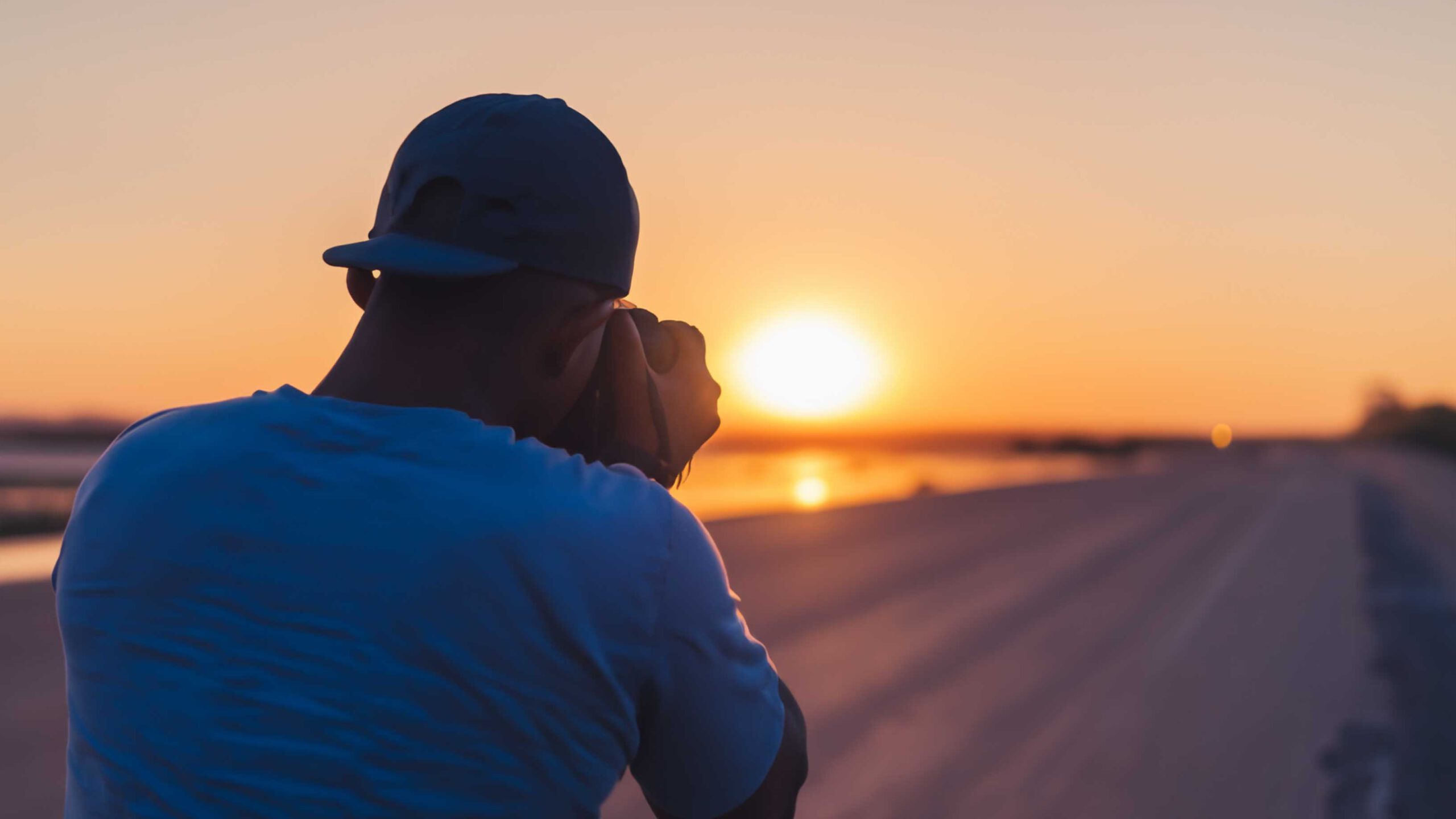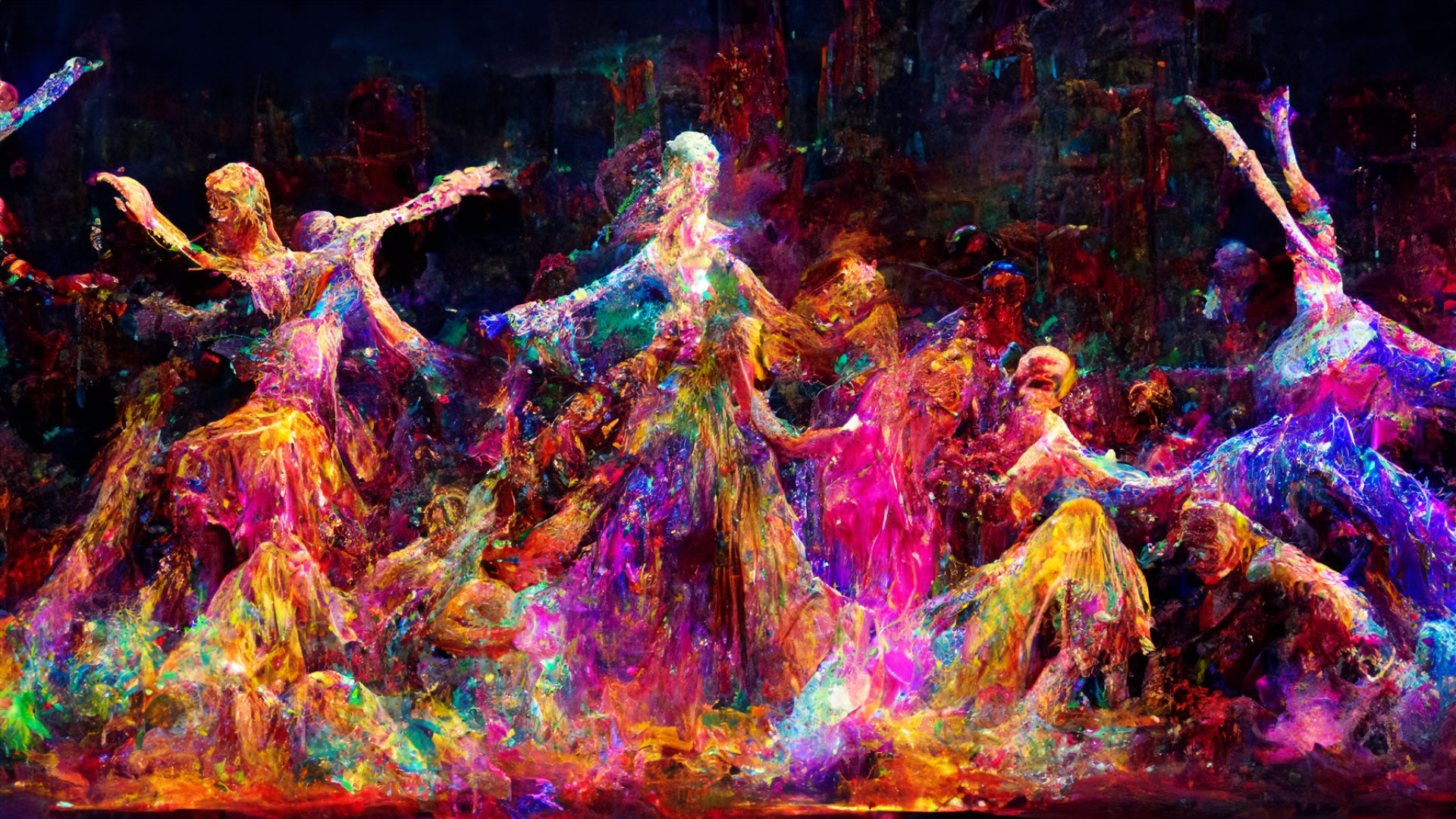Welcome to the world of photography, where capturing moments and telling stories through images is an art form that knows no bounds. As a beginner, understanding the technical aspects of photography can seem daunting, but fear not! We are here to demystify one of the key components of photography: ISO. In this beginner’s guide, we will shed light on this essential setting, helping you embark on a bright and exciting journey to mastering the art of photography. So, grab your camera and let’s dive into the world of ISO!
Illuminating the Mysteries: Demystifying ISO in Photography
ISO, which stands for International Organization for Standardization, is a widely used term in the photography world. But what exactly does it mean? In photography, ISO refers to the sensitivity of your camera’s image sensor to light. The higher the ISO value, the more sensitive your camera becomes to light, allowing you to capture images in low-light situations or when using faster shutter speeds. Conversely, lower ISO values are ideal for well-lit environments.
Understanding the concept of ISO is crucial because it directly affects the quality of your photographs. However, it’s important to note that higher ISO values often introduce an unwanted side effect called “noise.” Noise refers to graininess or pixelation in a photo, resulting in a loss of detail and sharpness. Therefore, finding the right balance between ISO and noise is essential for achieving high-quality images.
Embarking on a Bright Journey: A Beginner’s Guide to ISO in Photography
Now that we’ve shed light on the basics of ISO, let’s explore how to use it effectively in your photography. As a beginner, it’s advisable to start with the lowest possible ISO setting, such as ISO 100 or 200, in well-lit conditions. This will ensure that your images have minimal noise and maximum clarity. Experimenting with different ISO values in various lighting situations will help you understand how ISO affects your photos.
In low-light situations or when you need to freeze motion, such as capturing sports events or a moving subject, you may need to increase your ISO. Higher ISO values, such as ISO 800 or 1600, will allow your camera to capture more light and produce brighter images. However, be mindful of the trade-off between ISO and noise. As you increase your ISO, the chances of noise creeping into your images also increase. Therefore, finding the right balance is crucial for achieving optimum results.
Remember, understanding ISO is just one piece of the puzzle in photography. It works in tandem with other settings, such as aperture and shutter speed, to create the perfect exposure. Experimenting and practicing with different combinations of these settings will help you develop your own style and understanding of photography.
Congratulations! You have now embarked on a bright journey to understanding ISO in photography. Armed with this knowledge, you are ready to explore the world through your camera lens, capturing stunning moments in all lighting conditions. Remember to experiment, be patient with yourself, and most importantly, have fun! The more you practice and play with ISO, the more confident and skilled you will become in capturing the moments that matter most to you. So, go out there, embrace the magic of ISO, and let your creativity shine!









